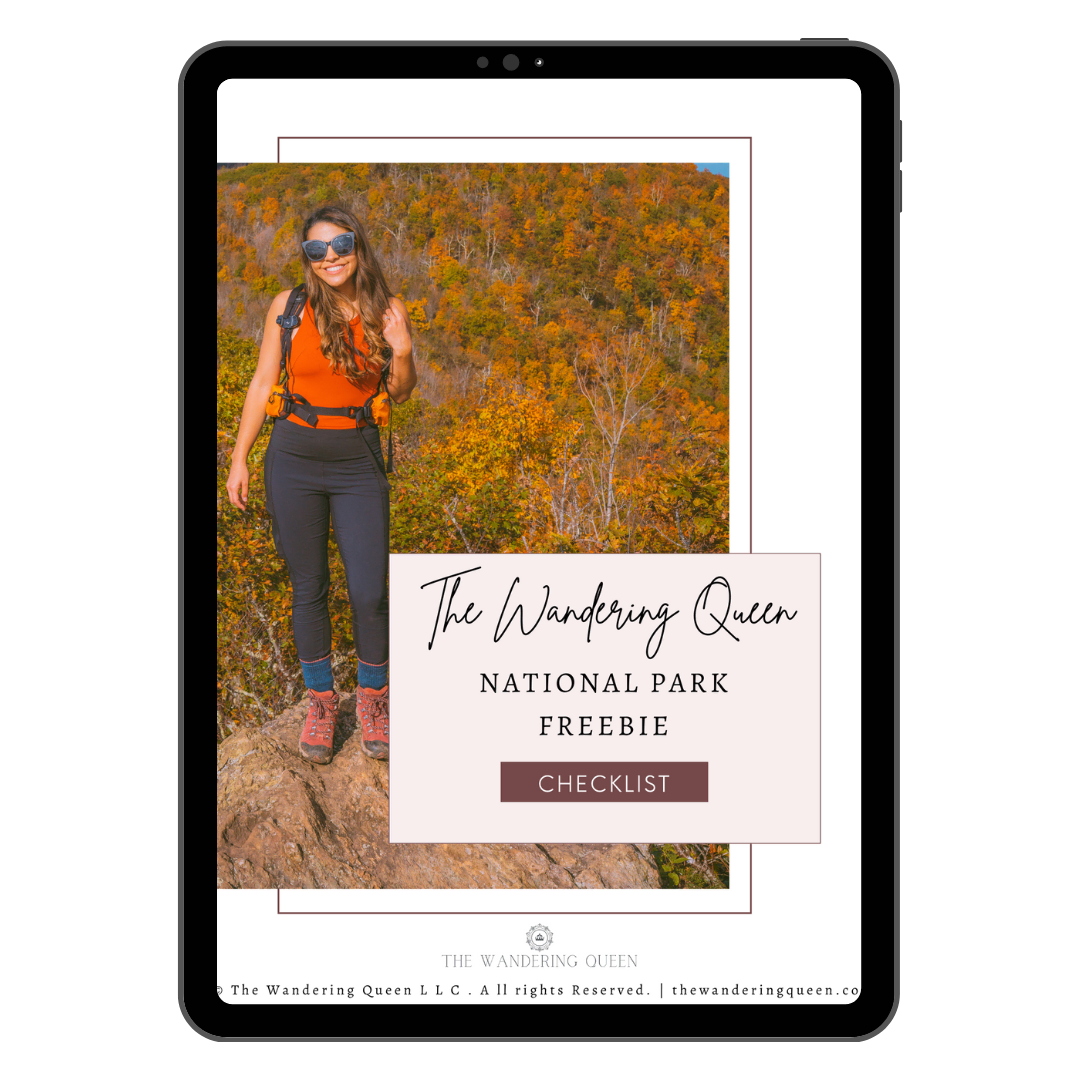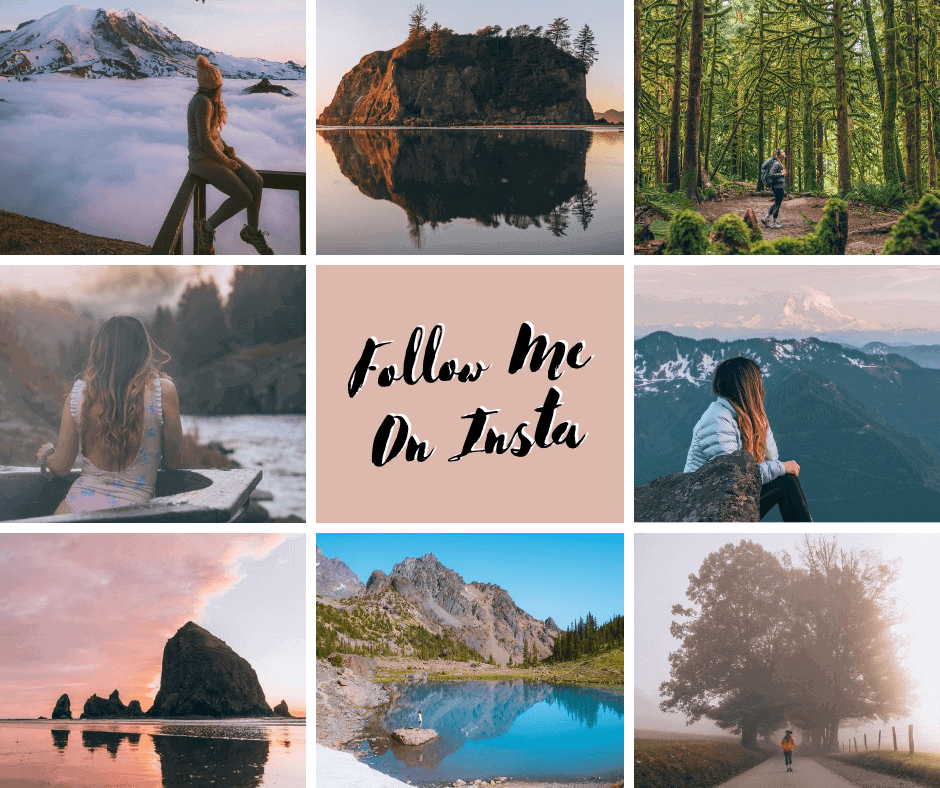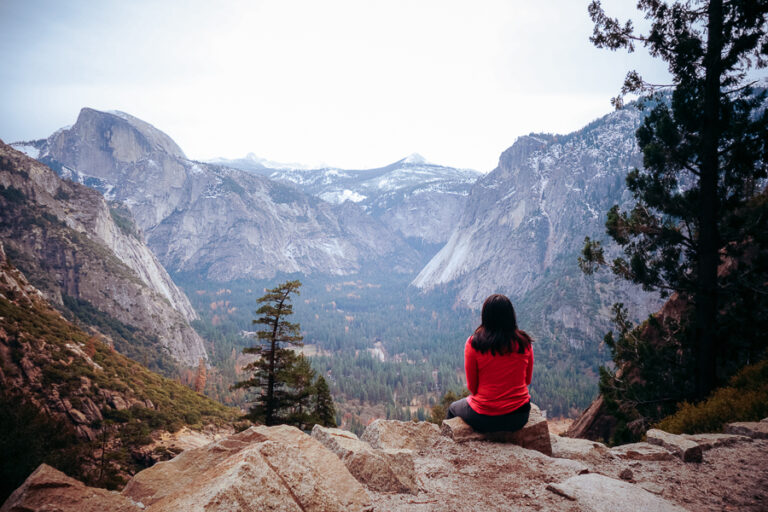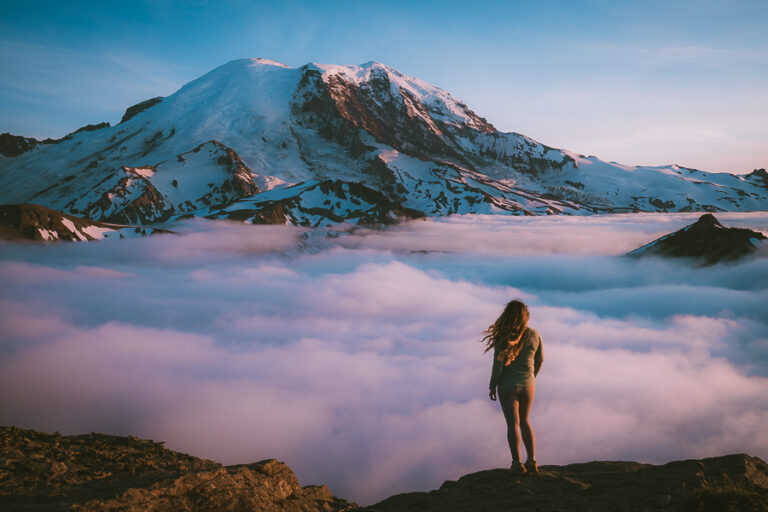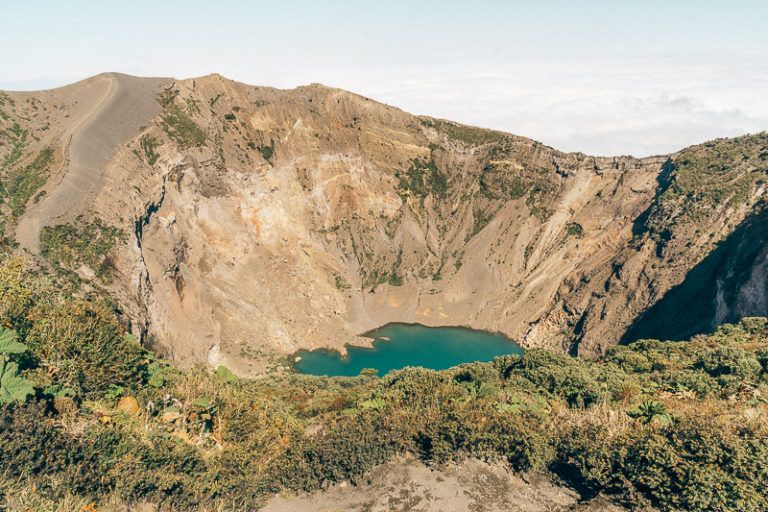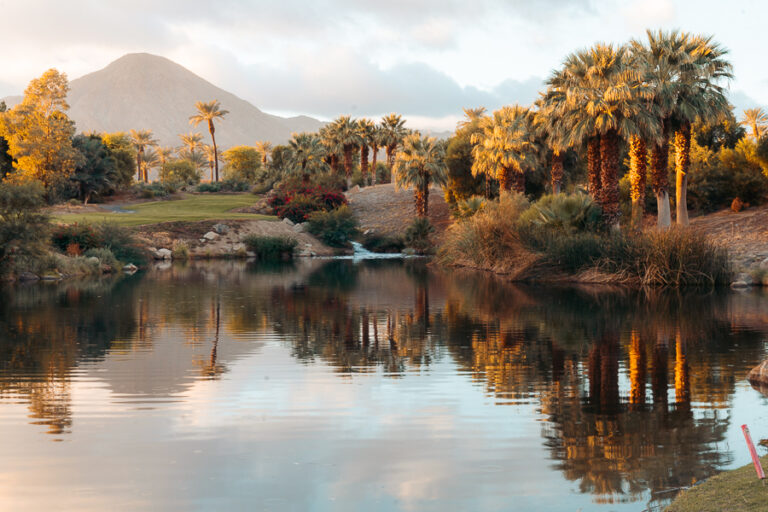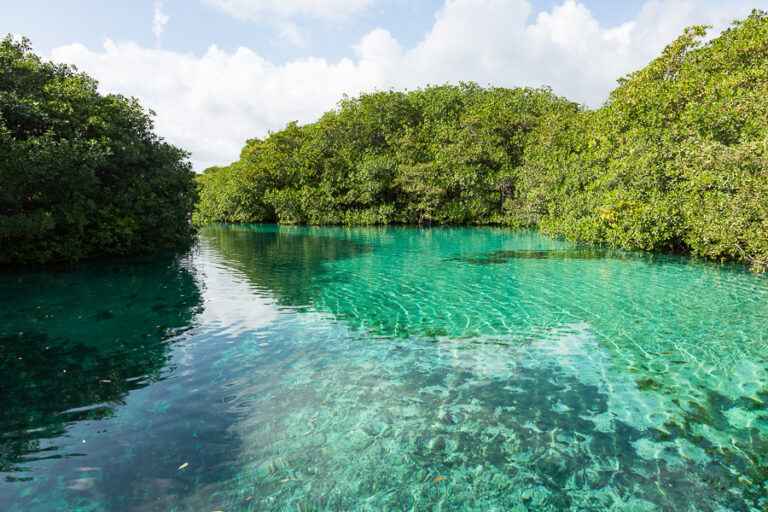Iceland Travel Tips: Helpful Tips to Save Money
Many people dream of visiting Iceland. The Northern Lights, striking black sand beaches, waterfalls, and unique cuisine and culture are enough to convince you to visit.
The Land of Fire and Ice never fails to impress. Now it’s your time to conquer its special landscapes, visit its top attractions, try out some unusual (yet tasty) dishes, and mingle with some of the happiest people in the world. Iceland is ready to become your oyster, but before you go, you must get your ducks in a row.
If you’re planning a trip to Iceland, knowing which steps to take and things to consider can be a bit overwhelming. How much will it cost? What about the weather, tipping, and accommodation? Rest assured, all these and more will be covered in this handy Iceland travel tips guide.
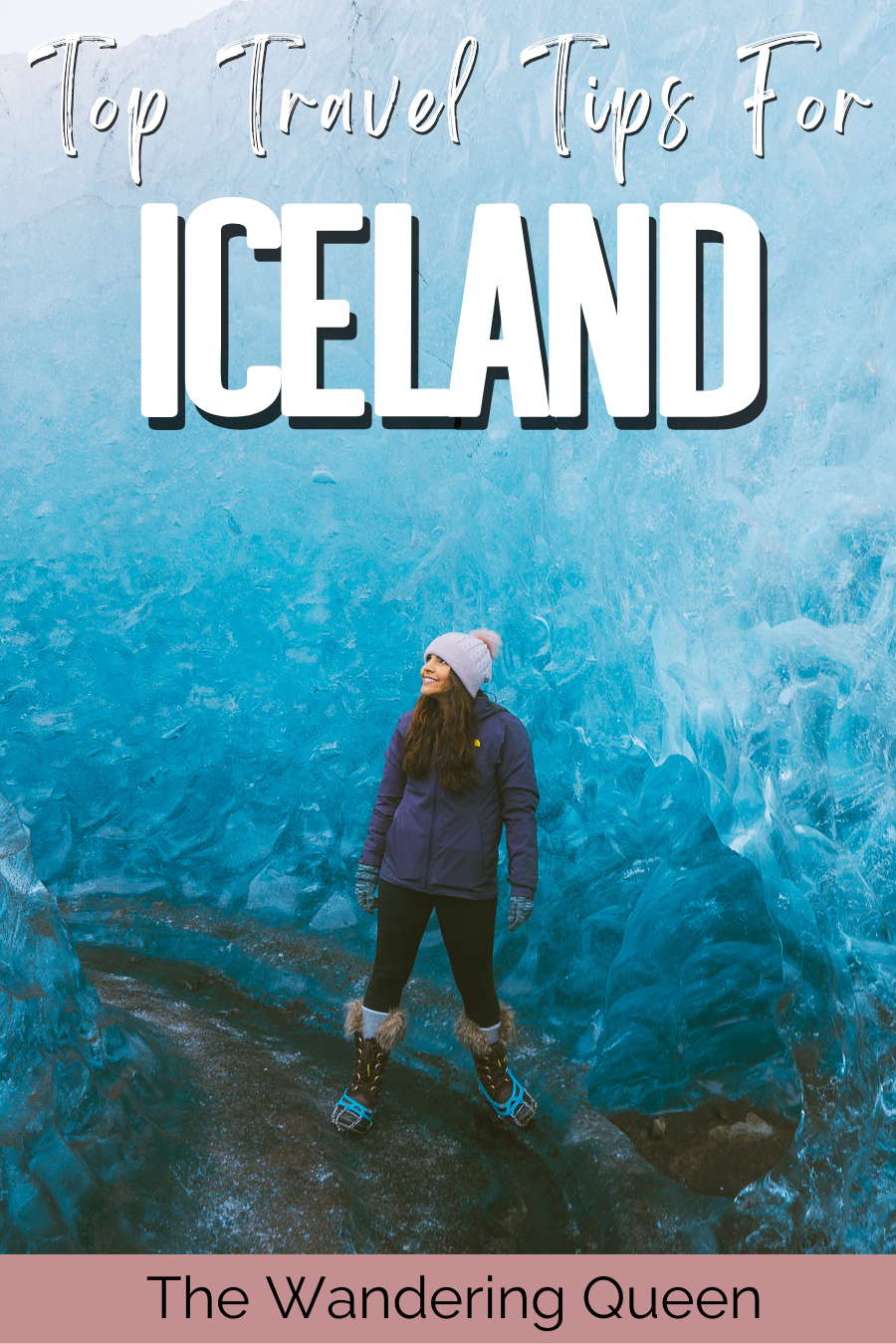
Disclosure: This post contains affiliate links. If you click one of them, I may receive a small commission (for which I am very grateful for) at no extra cost to you.
Iceland
Related Posts
How Much Will It Cost to Visit Iceland?

The exact total cost of an Iceland trip depends on many things. Firstly, the length of your stay, then you need to consider your accommodation costs, activities, and daily food intake. However, it’s wise to look at a few estimations just to give yourself an idea of how much you’re going to spend.
To give you a general idea, an Iceland trip on a tight budget can cost between $90 – $150 (ISK 12,523 – ISK 20,872) per day. This would be possible, assuming you’re either hitchhiking, backpacking, staying in hostel dorms, or camping. If you’re going all out with an all-expense luxurious trip, including four or five-star hotels, expect to pay about $250 – $400 (ISK 34,787 – ISK 55,660) per person per day.

It’s best to assume you’ll spend a bit more than what you budget for, as there will always be the odd, unexpected expense here and there. Here is a breakdown of the average costs for your biggest expenses:
- Plane ticket — The average price for a plane ticket from the United States to Iceland is around $628 for a roundtrip. Some of the cheapest flights can cost roughly $80 – $150 for a roundtrip.
- Accommodation — The average hotel price in Reykjavik for budget to mid-range is $150. For luxury hotels, the average price is about $250.
- Food — Budget around $110 – $150 per day for meals. Expect to pay $25 for breakfasts, $35+ for lunch, $45+ for dinner, and about $15 for drinks.
- Transport — The cost of a single bus ticket in Reykjavik is $3.40 and doubles to $6.80 for night buses. The price of your car rental will depend on the model you choose and for how long you intend to use it. However, the average price for car hire is more or less $100.
Download my free Outdoor Photography Guide
How to Save Money During Your Iceland Trip
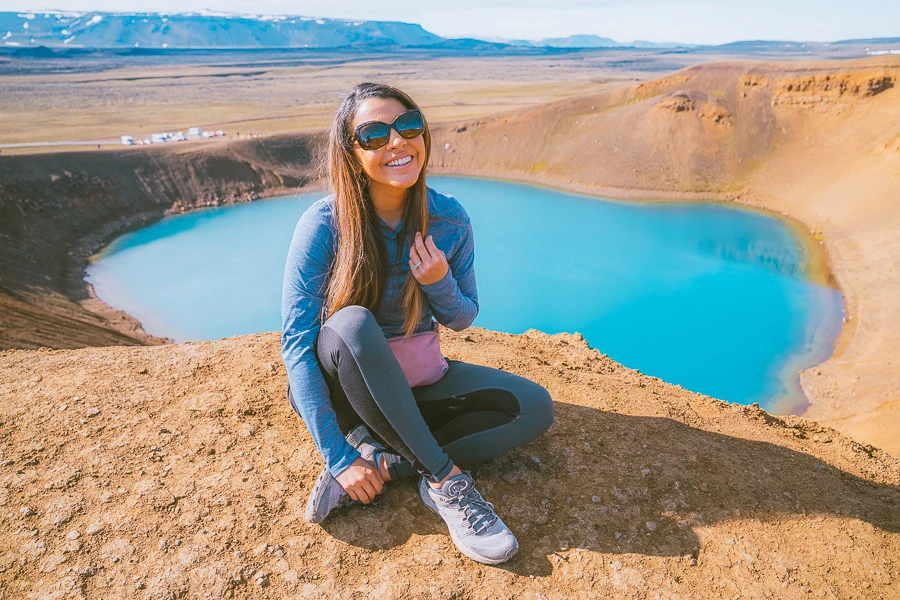
As you can see, a trip to Iceland can wound up quite pricey if you’re not on top of your expenses. That said, it won’t hurt anybody to try and save a few bucks during your visit.
Here are some excellent money-saving tips to consider:
- You don’t need to buy bottled water, as Iceland’s tap water is safe, sourced from groundwater, and exquisitely clean. Bring a reusable water bottle and fill it with tap water and running streams in the countryside.
- Avoid shopping at 10/11 convenience stores. The prices here are bumped up beyond belief and go unnoticed by many foreign visitors. You’re better off shopping for toiletries and groceries at Bonus and Kronan supermarkets.
- Wait for happy hour to enjoy alcoholic drinks. Outside of happy hour, drinking can be quite costly in Iceland, and you might find yourself shocked when looking at your bank balance the next day.
- Avoid taking taxi cabs from the Keflavík International Airport. These cabs wait outside the terminal and prey upon unsuspecting tourists. They’ll charge you an arm and a leg for the 50-minute drive to Reykjavík. You’re better off taking a shuttle bus operated by respected companies like Reykjavík Excursions and Gray Line.
- Buy groceries instead of eating out every day. You’ll save a lot of money by preparing your own meals, but not all hotels allow you to cook. In that case, it’s better to rent an Airbnb, countryside cottage, or any other accommodation with an equipped kitchen.
Tipping During an Iceland Trip

Is tipping mandatory or expected in Iceland? Tipping is actually not expected in Iceland since a service charge is normally added to your bill. You’ll notice the service charge is usually declared on the menu of a café or restaurant.
Don’t feel bad if you’ve forgotten not to tip, as Icelanders will take it as a compliment for their services. Since they’re not relying on your tip, you can decide how much you’d like to give them if you still want to tip. This amount can range between 10-15% of the total bill.
Tips for Booking Tours in Iceland

Firstly, you want to book your tours ahead of time — at least a few weeks before your trip. This ensures you don’t miss out and helps you plan out your days according to your itinerary.
Note that you don’t need to take guided tours for sightseeing, driving, and hiking around Iceland’s national parks. However, professionally guided tours are needed for some activities as they can be dangerous without expert help. These include hiking glaciers, exploring ice caves, snowmobile riding, and whale-watching.

Try to book tours that have a high review score and a high volume of reviews. Otherwise, you risk wasting your time and money. Lastly, prepare for changeable weather and take your time hunting the Northern Lights, as they can be shifty, so don’t bet everything on one night.
Here are some highly recommended tours:
- Reykjavik: Golden Circle Full-Day Tour with Kerid Crater
- From Reykjavik: South of Iceland Full-Day Trip
- Reykjavik: Jökulsárlón Glacier Lagoon Full-Day Guided Trip
- Skaftafell National Park: Glacier Hike
- From Vik or Reykjavik: Katla Ice Cave and Super Jeep Tour
Tips for Booking Accommodation in Iceland

The same rule applies when it comes to booking your accommodation: do it well in advance. Especially if it’s your first time visiting Iceland and if you’re going in the summertime. Request a room with less sun exposure and/or good blackout curtains to manage sleeping during the hectic daylight hours in summer.
Hotels and Airbnb are not your only options, and they can cost a pretty penny. Opt for more affordable options, including cabins, camping, guesthouses, farm holidays, sleeping bag accommodations, and hostels.
Not sure where to begin? Check out these fabulous hotels:
Budget | Blabjorg Resort
Located just five minutes from the puffin observation area in Hafnarhólmi is the lovely Blabjorg Resort. Being affordable and set within stunning mountain scenery with sea views, it’s really a bang for your buck. The best part? You can see the Northern Lights from the property. >>>Check Availability
Mid-range | Blue Hotel Fagrilundur – On The Golden Circle
Boasting stellar reviews and a gorgeous location, this three-star accommodation is a show-stopper. Located in Reykholt, it’s a perfect choice if you want to explore the Golden Circle, Geysir, and Gullfoss Waterfall. The blue hotel features airy terraces, a hot tub, pristine rooms, and amazing breakfasts. >>>Check Availability
Luxury | Siglo Hotel by Keahotels
Experience the lap of luxury in the picturesque fishing town of Siglufjörður. Siglo Hotel is chic, elegant, and everything you need for a lavish getaway. Amenities include a hot tub, sauna, room service, and nearby activities like hiking, fishing, and skiing to keep you busy. >>>Check Availability
How to Get Around Iceland

The best way to see Iceland is to travel by car. It’s more convenient as you can explore at your own pace and rely on yourself to get around. Opt for a rental car service like Discover Cars.
While rental cars are more convenient and flexible, they are also pricier and may not suit every budget. To save money, consider using public transport. Iceland has no trains, but the country has bus services, taxis, and private drivers. Remember that buses and taxis are not ideal for getting to some remote regions.

Tip: You can use the Straeto bus service for reliable transport.
Then, there are the many Iceland tours you can book to get around. Going on a tour allows you to reach places public transport can’t. Also, some attractions, such as volcanoes, require professional guides as they can be risky.
Another option is to rent a campervan. This is a fun way to get around while saving money on accommodation. Read my in-depth guide on renting a campervan in Iceland for all the details on pricing, benefits, and tips.
What to Expect From Icelandic Weather

Iceland is known for its unpredictable weather year-round, which is full of surprises and changes. The locals joke about it, telling you to just wait five minutes if you don’t like the weather. Jokes aside, many think the country is constantly frozen, but it actually does experience four seasons, even though it’s not obvious.

Iceland has a much milder climate than its name suggests, thanks to the Gulf Stream, which flows along the west and south, bringing warmth from the Caribbean. This warm Atlantic air mixes with the cold Arctic air from the north, resulting in sudden and frequent weather changes.

Pro Tip: Stay up-to-date with travel conditions, volcanic eruptions, and earthquakes, and receive severe weather alerts with Safetravel.
Looking at each season will give you a better idea of what the weather is like:
Summer in Iceland

There’s no better season than summer for exploring Iceland. This is why it’s the most popular time for people to visit for an outdoor extravaganza. With up to 21 hours of daylight, you can fit in national park hikes, waterfall hunting, festivals, and whale-watching, among other activities.

Summer in Iceland lasts from late May through August. The average temperature is around 50°F (10°C), with lows of 43-48°F ( 6-9°C) and highs of 68-77°F (20-25°C). One minute, the sun is shining, and the next, it’s raining (so bring your raincoat). Expect a monthly average of 2-3.5 inches of rainfall.
Winter in Iceland

More and more people are starting to travel to Iceland during winter. The snowy landscapes and massive glaciers are absolutely breathtaking. It’s the time for snowmobile rides, winter diving, and, best of all, the Northern Lights at their peak.
The days are much shorter than summer, between four to seven hours. Also, the northern and empty interior highlands are significantly colder than Reykjavík. Winter lasts from November to March, and it’s the longest and darkest season.

The southerly lowlands of Iceland have an average temperature of around 32°F (0°C) in winter. Then, it dips below freezing at an average of roughly 14°F (−10°C). The winters experience strong winds and heavy rainfall, averaging around 2.9 inches.
Fall in Iceland
Fall is also a fabulous time to visit Iceland. The summer rush is over, and temperatures haven’t reached unbearable lows yet. Staring in early Agust through October, most prices for accommodation and traveling expenses drop this time of the year, making it ideal for the budget-conscious traveler.
The best part? You have more than just the Aurora Borealis to look forward to as the vibrant colors of the fall foliage begin to seep in. Popping up against the glacial waters, dramatic mountains, and black lava fields, the fall foliage in Iceland is a sight to behold.
The average temperatures can range from lows between 36°F (2°C) and 41°F (5°C) and highs between 43°F (6°C) and 50°F (10°C). Expect seven to 12 daylight hours and around 3.7 to 6.1 inches of rain.
Spring in Iceland
Spring is a refreshing and transformative time after a long, dark winter. Bringing longer days and higher temperatures, it’s the time when nature and wildlife come to life as the snow melts. It’s also the start of the whale-watching season.
Beginning in March through April, the Icelandic spring is still a bit cold, but it is a glorious time to see the Northern Lights and cascading waterfalls. The average daylight hours are between 12 and 15, and temperatures range from 32°F to 50°F (0-10°C).
Don’t leave your windbreaker at home, as the winds are chilly.
What to Pack for an Iceland Vacation

If you’re visiting Iceland for the first time, you’ll need to know what to pack. The weather is hard to predict, and clothing is quite expensive, at least compared to America and Europe.
Below are some must-have items to pack for your trip to Iceland:
- Consider taking a universal power adapter with you to keep your devices charged at all times. Especially if you use your phone for photography, it might get flat quicker.
- Comfortable swimwear is necessary since one of the most popular activities is to dip into public geothermal baths such as Blue Lagoon and Svartifoss.
- Warm insulated coats, rain jackets, and windbreakers are essential when traveling to Iceland, especially in winter, due to its sudden, unpredictable weather.
- You’ll be going on plenty of outdoor excursions, so pack in comfortable and sturdy waterproof hiking boots.
- If you take photography seriously as a hobby, you’ll want to take a camera with a wide-angle lens to capture landscapes and one with a long lens to capture wildlife.
- A pair of binoculars will also help you spot the wildlife, especially if you want to go whale-watching in Iceland.
- Avoid packing cotton clothing; instead, opt for wool and Gore-tex materials, which are more insulating and ideal for Icelandic weather.
- Just because Iceland is on the colder side doesn’t mean you don’t need sun protection. Ensure you have sunscreen, hats, and sunglasses to protect your eyes and skin from harmful UV rays, especially during summer’s long days.
- Waterproof and wind-resistant pants will be great if you’re going on glacier hikes and visiting waterfalls.
- Thin and light layers are a good idea when visiting Iceland in the summer, as the temperature area is a bit warmer. Then, opt for thermal layers in winter. Pack long-sleeved shirt and tank top options to adjust according to the weather.
Bonus Tip: Read this guide on what to wear in Iceland.
Some Handy Icelandic Words and Phrases

Did you know that Iceland is an English-speaking country? Thanks to a rapidly growing tourism industry, English has become one of the most widely spoken languages in the country. In fact, the majority of Icelandic people speak English fluently.
However, learning a few everyday phrases and words in the native language of a country you’re visiting shows your dedication to connecting with its people. You’ll come across as friendly and kind, plus, learning a new language is always good for the brain (even if it’s just the basics).

Pronunciation tip: Icelandic has two archaic letters that do not appear in the English alphabet. These are ‘Þ’ (pronounced as ‘th’) and Ð ð’ (pronounced ‘eth’ or ‘edgh’).
Here are some common words and phrases to learn:
- Good morning — Góðan daginn (go-thah-n die-in)
- Hello — Halló (Hah-lo)
- Goodbye — Bless
- Thank you — Takk (tah-k)
- Please — Vinsamlegast (vin-saam-leh-gast)
- Sorry — Afsakið (af-sah-kith)
- Airport — Flugvöllur (flu-kvojt-lur)
- Where is…? — Hvar er…? (kva-r er?)
- Help — Hjálp (hya-oolp)
- Do you speak English? — Talar þú ensku? (ta-lar thoo en-sku?)
Safety Concerns and Scams

Although Iceland is a very safe country, there are still a few safety concerns, tourist traps, and scams you need to be aware of as a tourist. After all, it’s always better to be safe than sorry.
- Tread carefully around hot springs and mud spots. It’s best to stay behind safety barricades.
- Keep a safe distance between yourself and the shoreline of the beaches. There’s always a risk of “sneaker waves” (much larger waves in between smaller ones) and string undercurrents.
- Be cautious near cliff edges, especially on windy days.
- Don’t walk on or inside a glacier unless professionally guided.
- Don’t attempt to climb icebergs, even the ones on the beaches.
- Earthquakes are very unlikely to do you harm as they’re usually low on the Richter scale. That said, follow these instructions in the event of a strong earthquake.
- Look out for fake Icelandic sweaters. Some shops sell fake ones with similar patterns to a lopapeysa (the official name of an Icelandic sweater) that are made in China using fake wool.
- Iceland has a very low crime rate, but it’s still not 100% immune to petty theft. Gang-related activity can also occur, so pay close attention to your belongings and surroundings as you would anywhere else.
new on the shop
The Ultimate Camping Trip Planner!
Our camping trip planner helps you stay organized and plan all aspects of your adventure so that you can conquer new territories with ease.
FAQs About Vacationing in Iceland

To wrap up this Iceland travel guide, consider these answers to frequently asked questions about visiting the Land of Fire and Ice.
When Is the Best Time to Visit Iceland’s Natural Hot Springs?

There’s something ethereal and otherworldly about seeing a hot spring against the white-blanketed scenery of winter. However, you can visit the hot springs all year round.
How Many Days Is Enough to Explore Iceland?

It’s highly recommended that you spend at least five days or more in Iceland. There is so much to see and do that anything less will simply feel rushed. Yes, shorter trips are possible, but you won’t really be able to explore beyond Reykjavik.
The sweet spot, however, is seven to twelve days. This makes it possible for some of Iceland’s major attractions to cover all the different regions. See this 7-day Iceland itinerary to give you an insightful idea of how to spend a week there.
When Is the Best Time to Visit Iceland?

The overall best time to visit Iceland is in summer. It’s ideal for outdoor explorations and activities, as the winter months may be too harsh to be outside. If your main objective is to see the Northern Lights, then it’s best to visit between September and March.
That said, it’s also the busiest time to visit, so if you want to beat the crowds, avoid summer. Instead, come in spring or fall for thinner crowds, lower prices, and pleasantly mild weather for the outdoors.
Where Is the Best Place to See the Northern Lights?
Jökulsárlón Glacier Lagoon is hands down the best place to witness the dancing lights across the sky. Other stellar locations for this activity include Snæfellsnes peninsula, Goðafoss, Raufarhöfn, the Blue Lagoon, and Thingvellir National Park.
Travel Tips for Iceland Wrapped Up

With these handy Iceland tips, you’re ready to take on this naturally beautiful country. Iceland brims with juxtapositions — volcanoes and glaciers, long days and long nights, waterfalls and hot springs. Plus, every season has something unique to offer: whale-watching in spring, fall foliage in fall, and the Northern Lights in winter.
You must be at the edge of your seat already. Iceland is calling your name, and with these travel tips, you can embrace her with open arms. What are you waiting for?
Perhaps you still need to figure out if one or two weeks in Iceland is enough for you.

